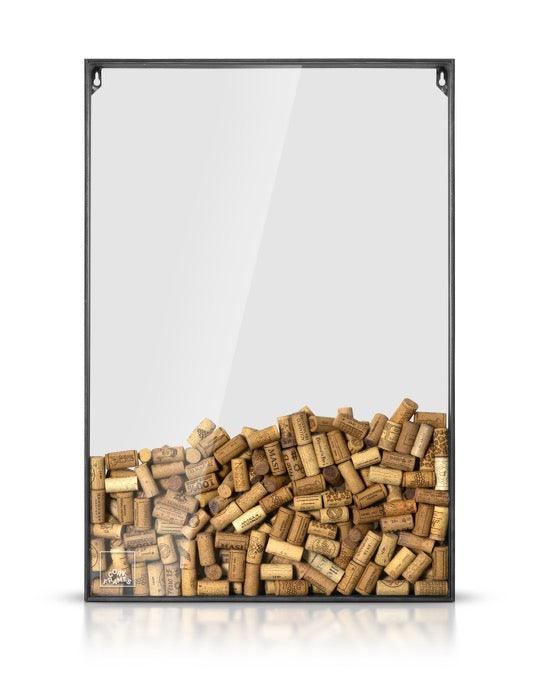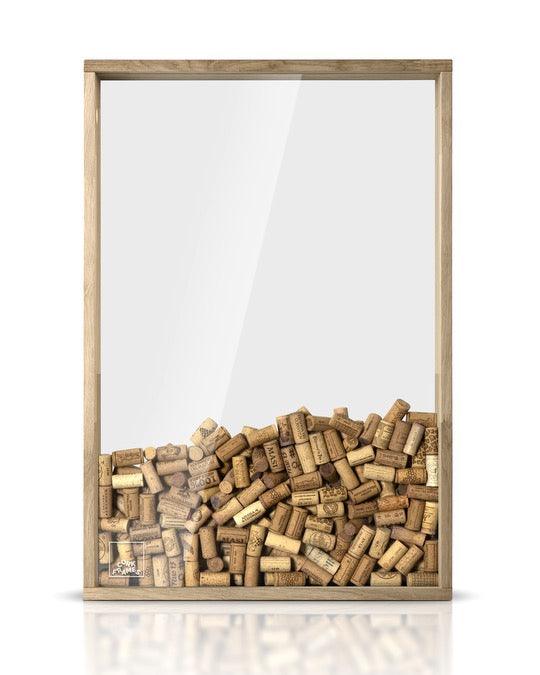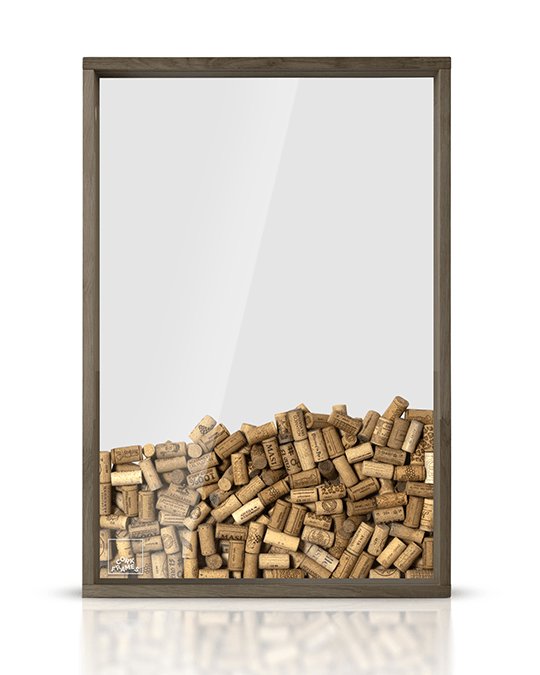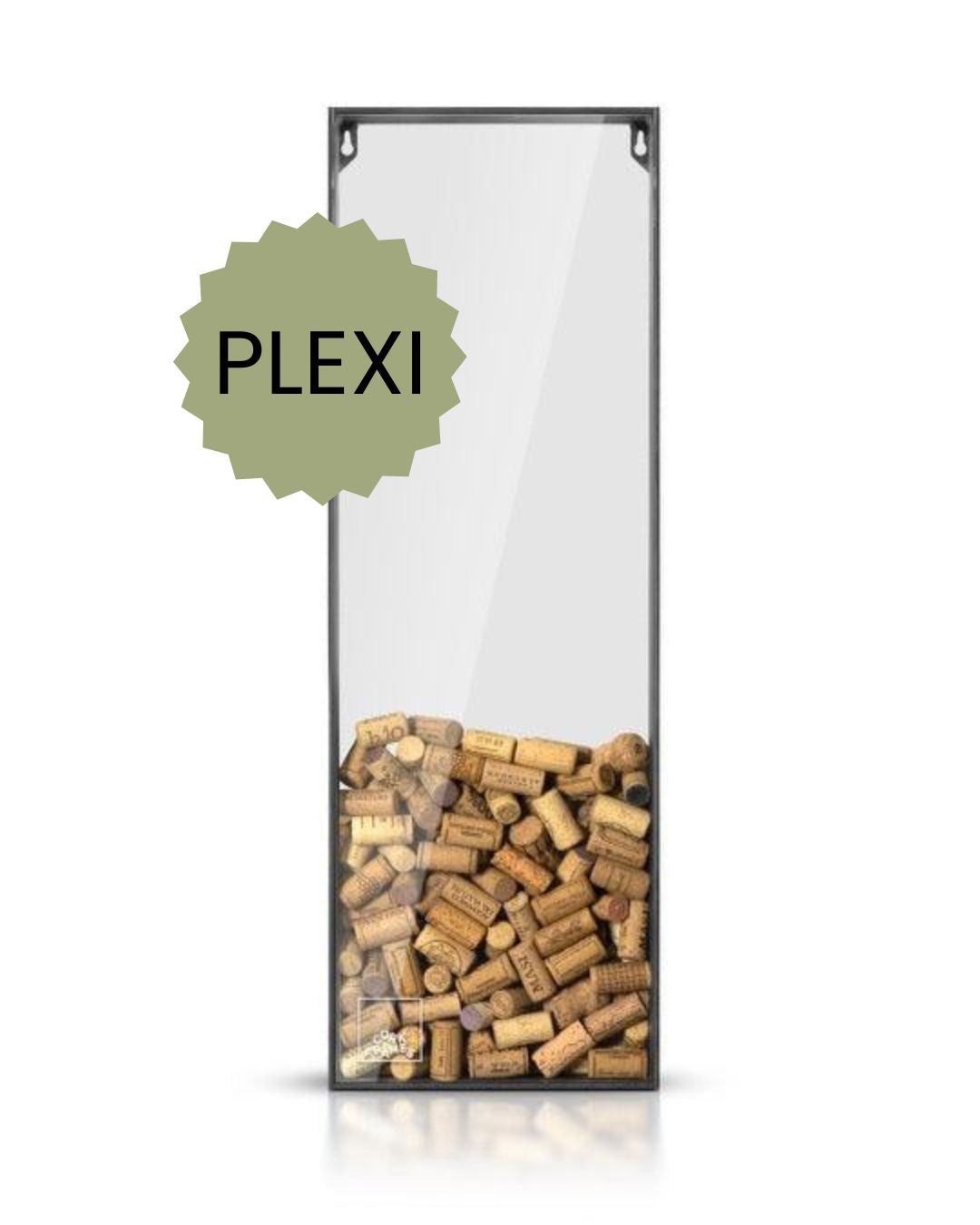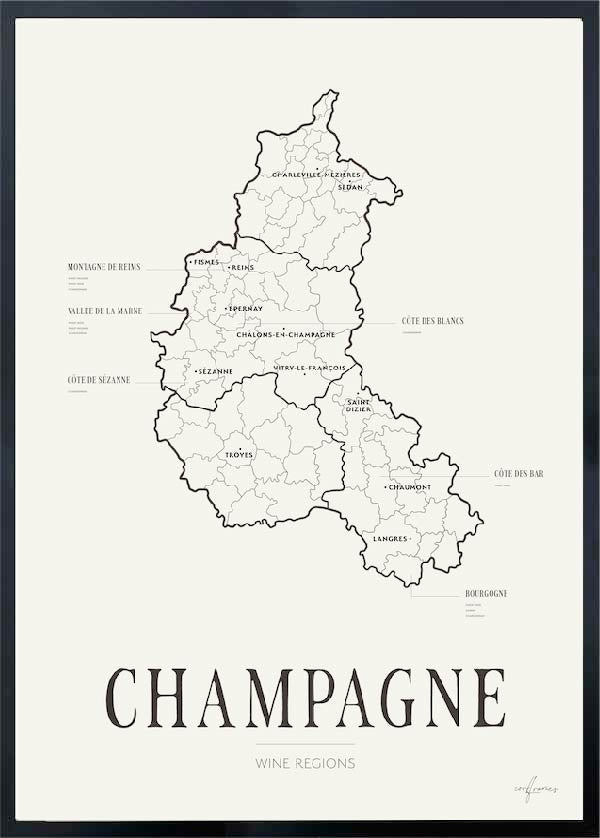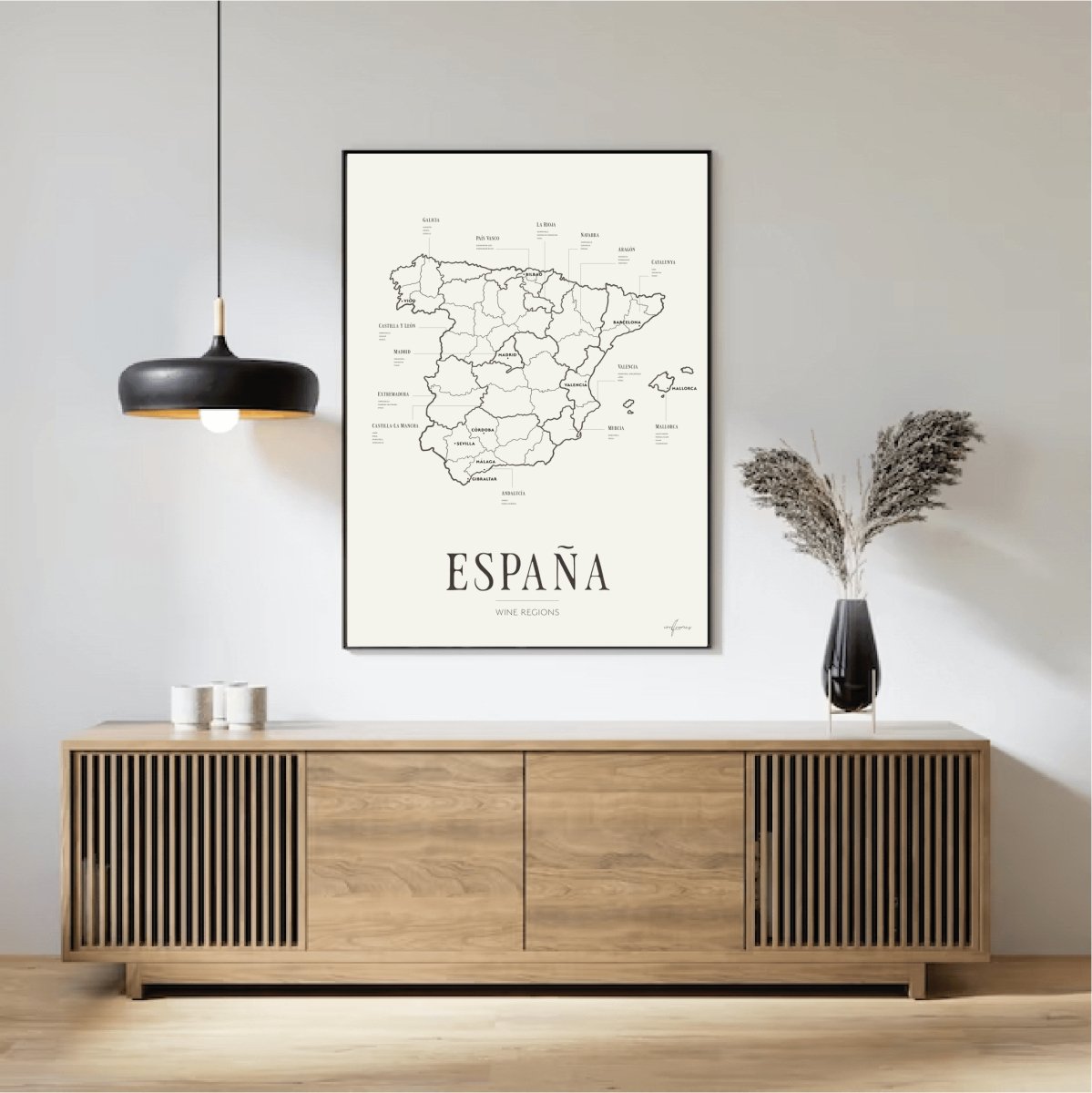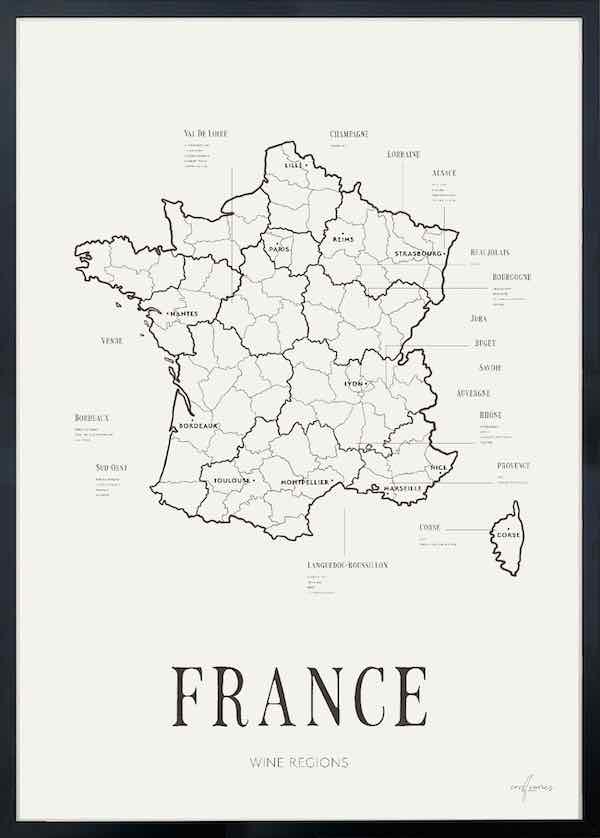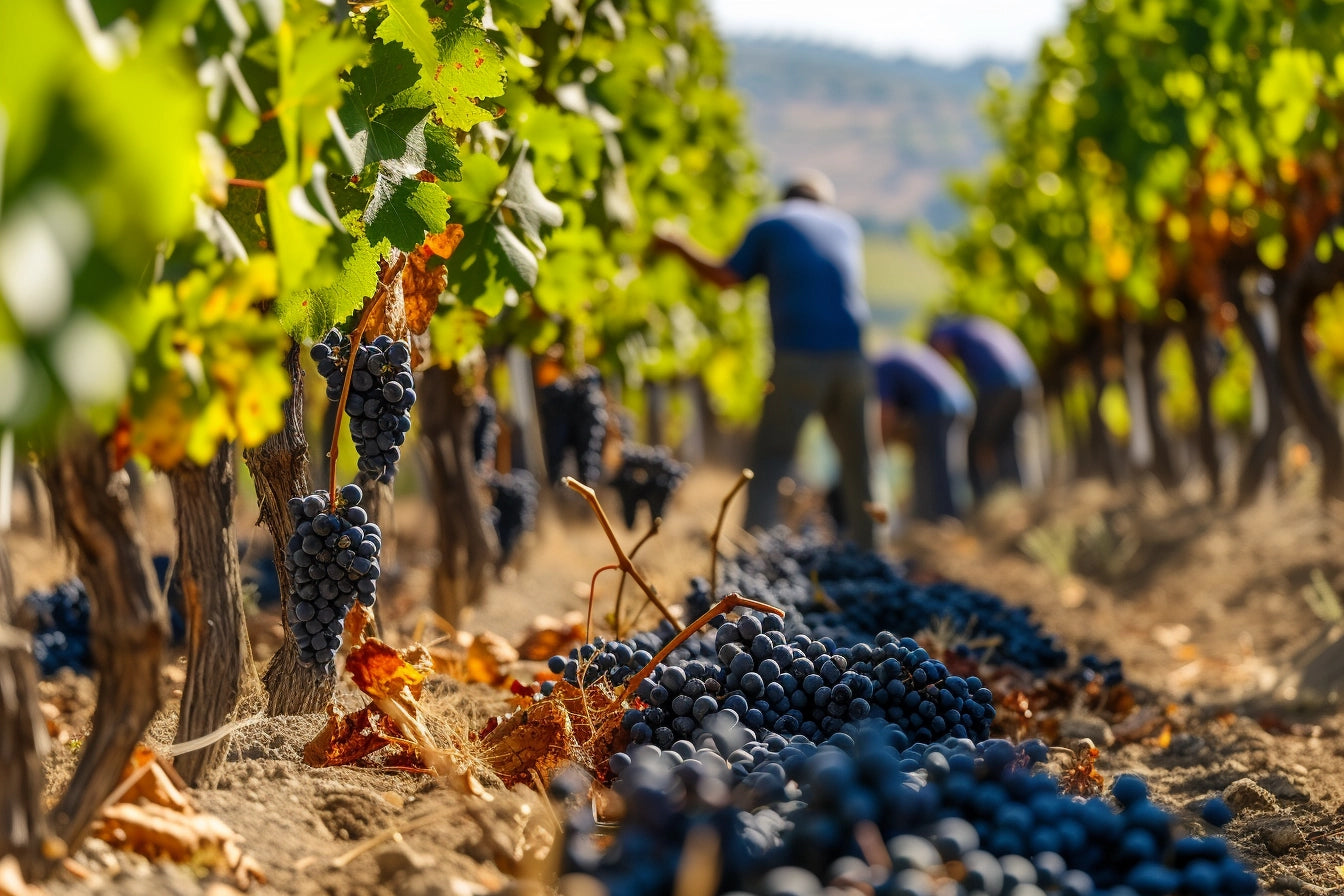PFAS, often called “forever chemicals,” are a large group of synthetic substances used in everything from non-stick pans and waterproof clothing to cosmetics and firefighting foam. They are resistant to grease and water – but also nearly impossible to break down in nature. Over time, they spread through soil, air, and water, eventually finding their way into our food and bodies.
In recent years, researchers have even found traces of PFAS in wine. It may sound surprising, but it shows just how far these chemicals have reached into the environment – even into one of the world’s oldest natural crafts.
How Do PFAS End Up in Wine?
When certain pesticides or fluorinated chemicals break down, they form TFA (trifluoroacetic acid) – a stable acid that easily mixes with rainwater and seeps into soil. Plants like grapevines can absorb it, and eventually it ends up in the grapes and the finished wine.
A European study analyzed 49 wines from ten EU countries and found that all modern wines contained TFA, while older bottles – produced before 1988 – were completely free from it. This suggests that modern chemical use has introduced new forms of contamination into even the most traditional forms of production.
Because TFA is highly water-soluble and extremely persistent, it spreads easily through rain and groundwater. This means even vineyards far from industrial areas can be affected – and that even organic wines may contain small traces, though generally at lower levels.
How PFAS Affect Us
PFAS can accumulate in the human body and have been linked to effects on the immune system, liver, hormones, and fertility. Some PFAS compounds are suspected to be carcinogenic. While the levels found in wine are low, they still contribute to the total chemical exposure we experience through food, water, and everyday products.
The concern is not about one glass of wine – it’s about the bigger picture. These substances circulate in nature and build up over time, affecting both ecosystems and human health.
What to Consider When Choosing Wine
It’s not always easy to navigate labels and sustainability claims, but a few simple choices make a difference:
Choose organic or biodynamic wines. These producers avoid synthetic pesticides and tend to show lower levels of chemical residues.
Look for transparency. Small winemakers often share openly about their soil, water sources, and environmental practices.
Vary your selections. As with food, diversity reduces the risk of consistent exposure to the same contaminants.
Drink mindfully. Wine can absolutely be part of a healthy lifestyle – especially when chosen with care for quality, nature, and balance.
A Glass of Wine in Balance
The PFAS issue reminds us how deeply connected everything is — our environment, our health, and our everyday choices. By choosing sustainable and transparent producers, we support not only cleaner winemaking but also a healthier planet.




